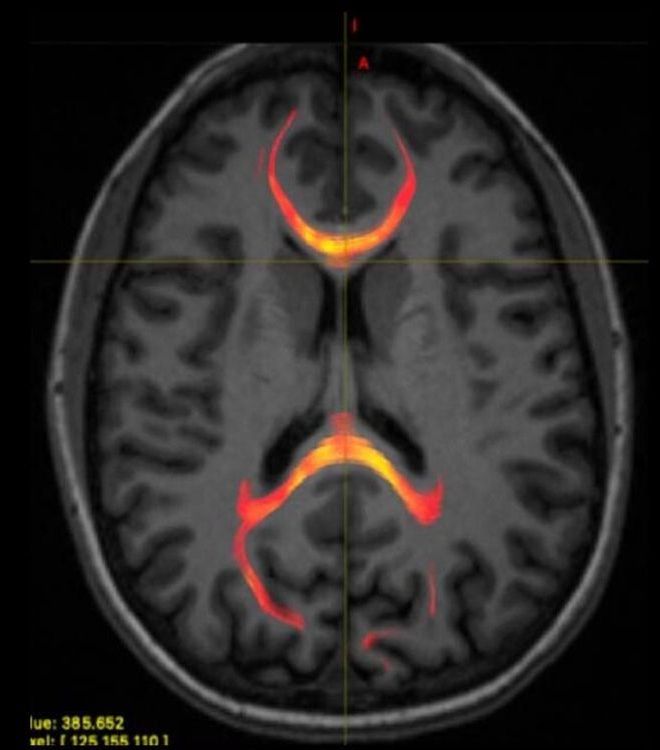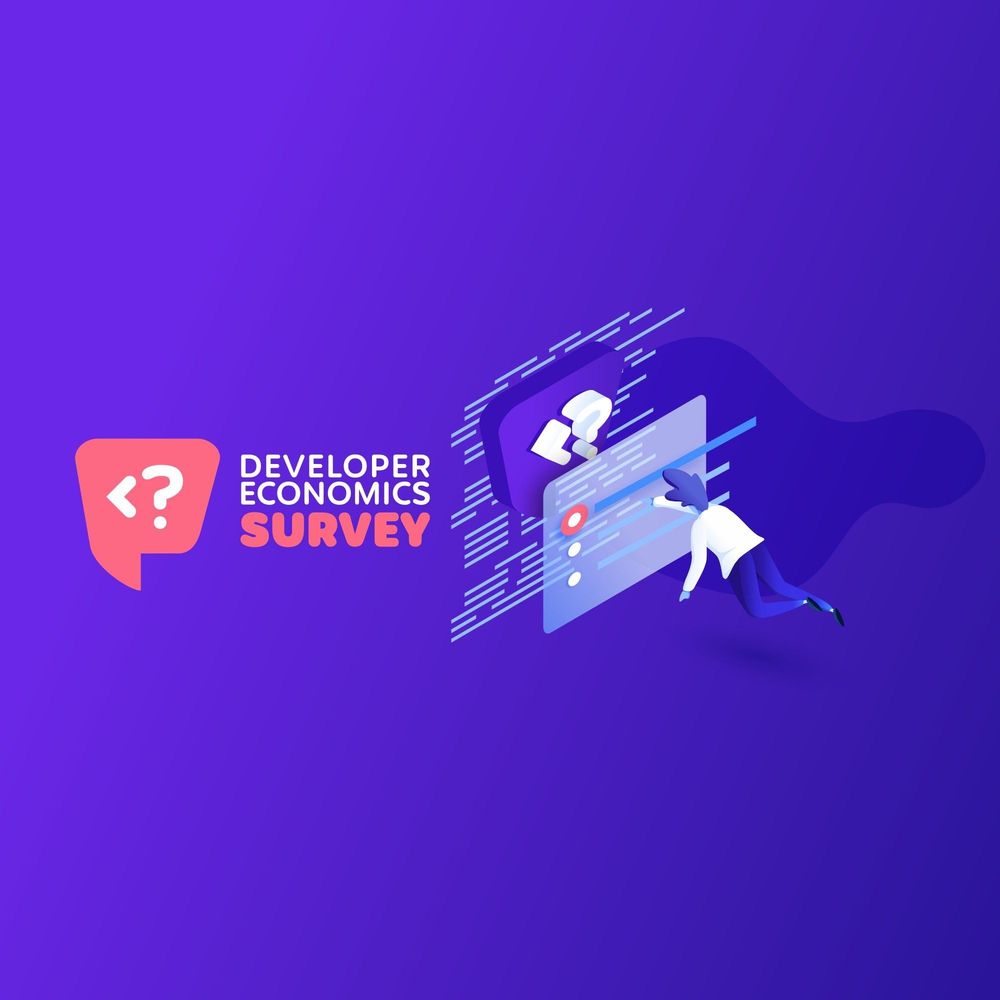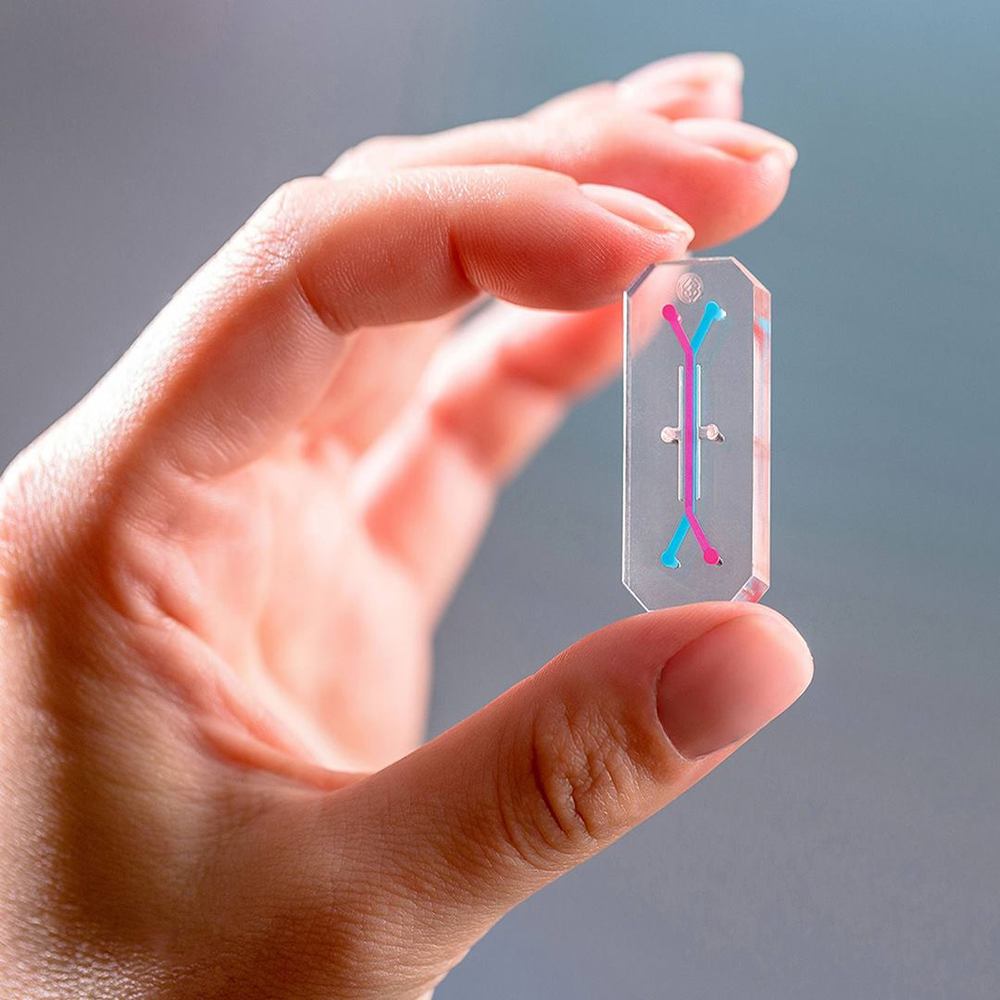Page 8061
Dec 5, 2019
Scientists discover a new and unusual volcano
Posted by Genevieve Klien in category: futurism
Scientists have found a new example of a recently discovered type of volcano called a “petit-spot.”
Dec 5, 2019
The universe tends towards disorder. But how come nobody knows why?
Posted by Genevieve Klien in categories: cosmology, quantum physics
Entropy is the physicist’s magic word, invoked to answer to some of the biggest questions in cosmology. Yet a quantum rethink may be needed to tell us what it actually is.
Dec 5, 2019
Viewpoint: A Whole Surface of Exceptional Points
Posted by Genevieve Klien in categories: energy, physics
Researchers fabricated a cavity device with a large number of “exceptional points,” which are modes that exhibit exotic phenomena, such as extreme sensitivity to external parameters.
One of the fundamental laws of physics is that energy is conserved, but many local physical systems—seen in isolation—gain or lose energy. For example, a light bulb converts electrical power into radiation, which from the perspective of the electrical circuit is a loss of energy. By contrast, a light beam gains energy as it passes through an amplifying medium. Although one can model the inputs and outputs, it’s often mathematically simpler to just treat energy as a locally nonconserved quantity. Nonconservative systems, referred to as non-Hermitian, have attracted a great deal of interest because they can exhibit potentially useful phenomena, such as enhanced sensing [1] and robust single-mode lasing [2]. These phenomena are intimately related to the ability of non-Hermitian systems to support exceptional points, a type of degeneracy in which two or more modes suddenly coalesce into one (Fig. 1).
Dec 5, 2019
Developer Economics Survey | Developer tools, apps, design, games
Posted by Michael Lance in categories: augmented reality, economics, virtual reality
Take the Developer Economics Survey and win prizes!
The Developer Economics survey is run by independent analyst firm /Data, reaching over 40,000+ developers in 167 countries annually. It is for Software developers: professionals, hobbyists & students, working across all major areas: mobile, web, desktop, cloud, IoT, AR/VR, games, ML & data science.
Dec 5, 2019
Nevada toys with 1 GW of storage by 2030
Posted by Genevieve Klien in categories: business, energy, policy
In what has been a crazy year for Nevada, the Public Utilities Commission is ending on an equally crzay note, proposing 1 GW of energy storage to be deployed across the state by the last day of 2030.

Dec 5, 2019
MIT creates an AI that understands the laws of physics intuitively
Posted by Genevieve Klien in categories: physics, robotics/AI
Dec 5, 2019
Scientists have found out why photons from other galaxies do not reach Earth
Posted by Genevieve Klien in categories: computing, mathematics, particle physics, space
An international group of scientists, including Andrey Savelyev, associate professor of the Institute of Physical and Mathematical Sciences and Information Technologies of the IKBFU, has improved a computer program that helps simulate the behavior of photons when interacting with hydrogen spilled in intergalactic space. Results are published in the scientific journal Monthly Notices of the Royal Astronomical Society.
Andrey Saveliev states, “In the Universe there are extragalactic objects such as blazars, which very intensively generate a powerful gamma-ray flux, part of photons from this stream reaches the Earth, as they say, directly, and part are converted along the way into electrons, then again converted into photons and only then get to us. The problem here is that mathematical calculations say that a certain number of photons should reach the Earth, and in fact it is much less.”
Scientists, according to Andrey Savelyev, today have two versions of why this happens. The first is that a photon, after being converted into an electron (and this, as is known, in contrast to a neutral photon, a charged particle) falls into a magnetic field, deviates from its path and does not reach the Earth, even after being transformed again into the photon.
Dec 5, 2019
Crack down on genomic surveillance
Posted by Derick Lee in categories: biotech/medical, privacy, surveillance
A much broader array of stakeholders must engage with the problems that DNA databases present. In particular, governments, policymakers and legislators should tighten regulation and reduce the likelihood of corporations aiding potential human-rights abuses by selling DNA-profiling technology to bad actors — knowingly or negligently. Researchers working on biometric identification technologies should consider more deeply how their inventions could be used. And editors, reviewers and publishers must do more to ensure that published research on biometric identification has been done in an ethical way.
Corporations selling DNA-profiling technology are aiding human-rights abuses. Governments, legislators, researchers, reviewers and publishers must act.

















